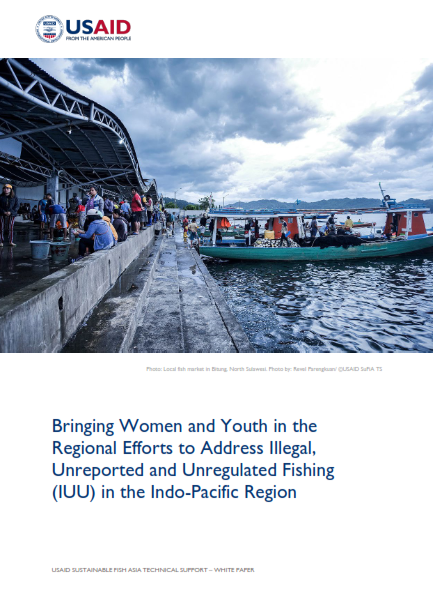Timor-Leste’s MPAs: Protection of Richness and Beauty
Timor-Leste is a small island nation located in Southeast Asia. Despite its small size, the country boasts a diverse and unique marine ecosystem, with various marine species and habitats found nowhere else. In recognition of the importance of this ecosystem, Timor-Leste has established several Marine Protected Areas (MPAs) to help conserve and protect its marine resources.
MPAs are areas of ocean and coastal habitat protected by law, typically to conserve biodiversity and promote sustainable fisheries. These areas can vary in size and level of protection, but all aim to limit human impacts on the marine environment, such as fishing and development. These MPAs range in size and level of protection from small community-managed reserves to larger government-managed parks.
According to the CTI-CFF Monitoring measures, two MPAs of Timor-Leste fall under categories 3 and 4. The first one is the Nino Konis Santana National Park, established in 2007. The park covers over 1,000 square kilometres of marine and terrestrial habitat and is home to a wide range of species, including whales, dolphins, turtles, and various types of fish and coral.
Another notable MPA in Timor-Leste is the Atauro Island Marine Protected Area. Located off the coast of the capital city Dili, this MPA covers over 14,000 hectares of coral reef, seagrass meadows, and mangrove forests. The area is home to a number of threatened species, including dugongs and hawksbill turtles, and is an important spawning ground for a variety of fish species.
The MPAs of Timor-Leste are managed through a partnership between the Timor-Leste government and local communities, with support from international organizations such as Coral Triangle Center (CTC), Wildlife Conservation Society (WCS) and Conservation International. The MPA has helped support sustainable fisheries and ecotourism on the island, providing economic opportunities for local communities and protecting the marine environment.
While some of Timor-Leste's MPAs are still relatively new, they have already positively impacted the country's marine ecosystem. By limiting human impacts and promoting sustainable management practices, these protected areas are helping to ensure the long-term health and resilience of Timor-Leste's unique marine environment.
In March 2023, the CTI-CFF Regional Secretariat team paid a courtesy visit to Timor-Leste to meet the Chair of COM and the Chair of CSO in person. During the visit, the team spent one day at the Atauro MPA to witness the incredibly beautiful fringing reefs of Beloi village, which are protected collaboratively by the government and local communities. It was a truly amazing scuba diving and snorkelling experience on healthy reefs and abundant fish.
On the way to Atauro, the team encountered a group of pilot whales, which was an unexpected but breathtaking sight. Pilot whales are a type of toothed whale known for their close social bonds and tendency to travel in groups. On the way back, they came across a pod of dolphins swimming in the waters. These encounters highlight the rich biodiversity of Timor-Leste's marine ecosystem and the importance of protecting it through the establishment of MPAs.
In line with the CTI-CFF Regional Plan of Action (RPOA) 2.0, Timor-Leste has set an ambitious goal to establish MPAs covering 30% of its marine area, including protecting a range of habitats as coral reefs, seagrass beds, and mangroves. By establishing and effectively managing MPAs, Timor-Leste is not only protecting its unique marine environment but also contributing to global efforts to conserve the world's oceans.



